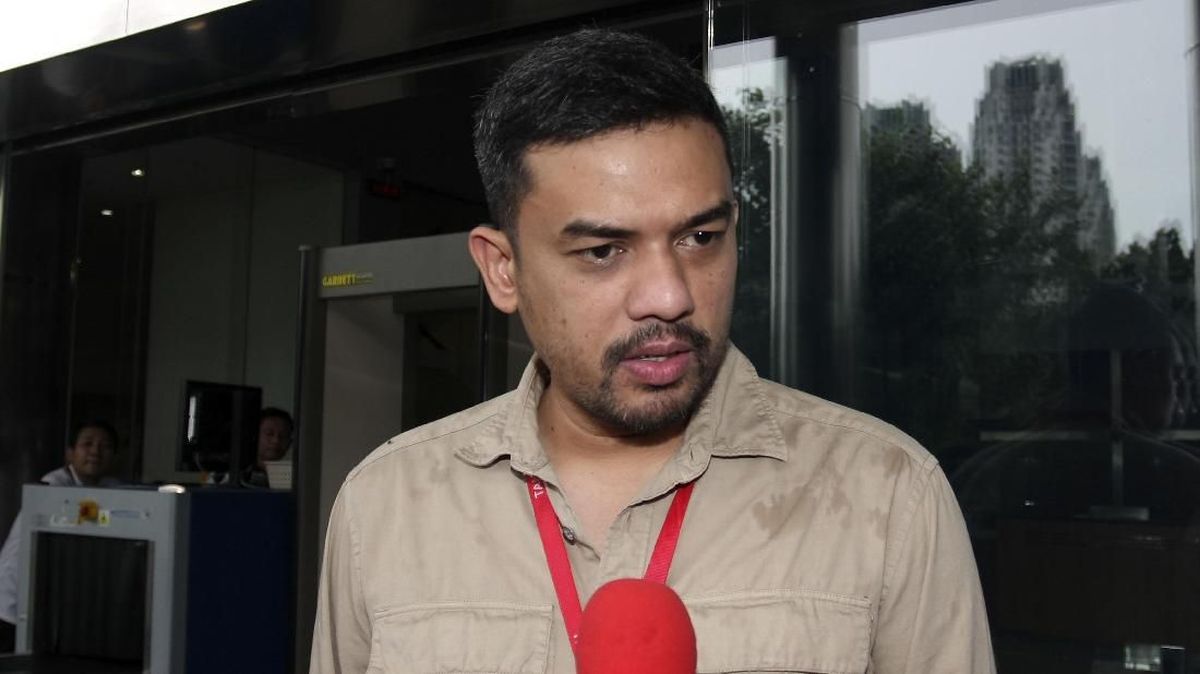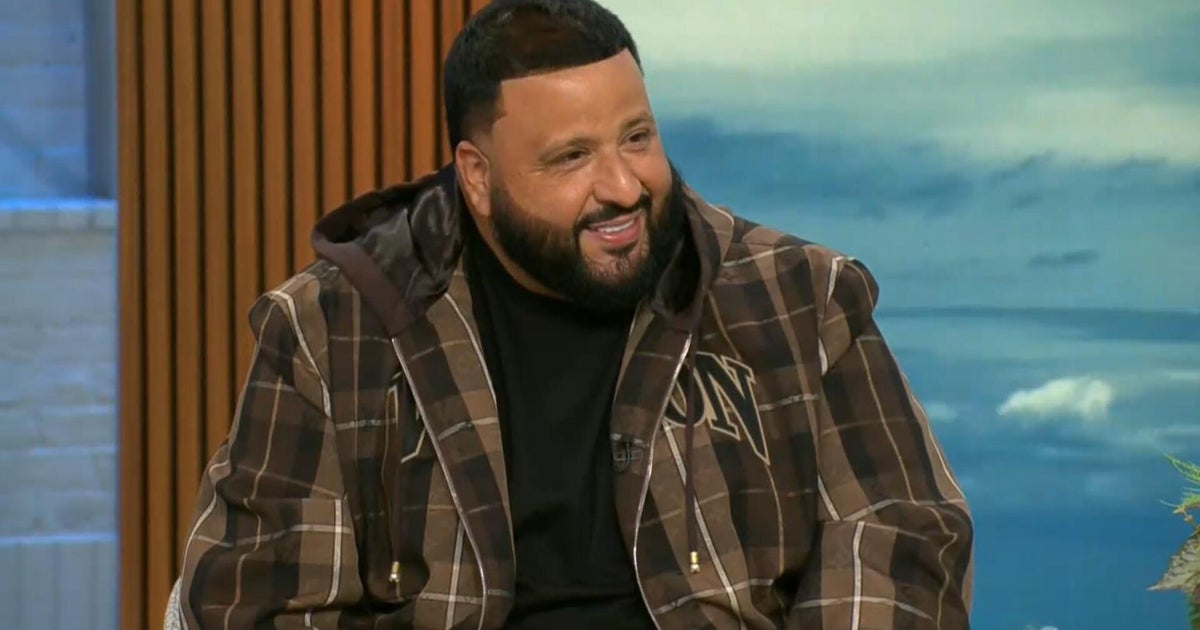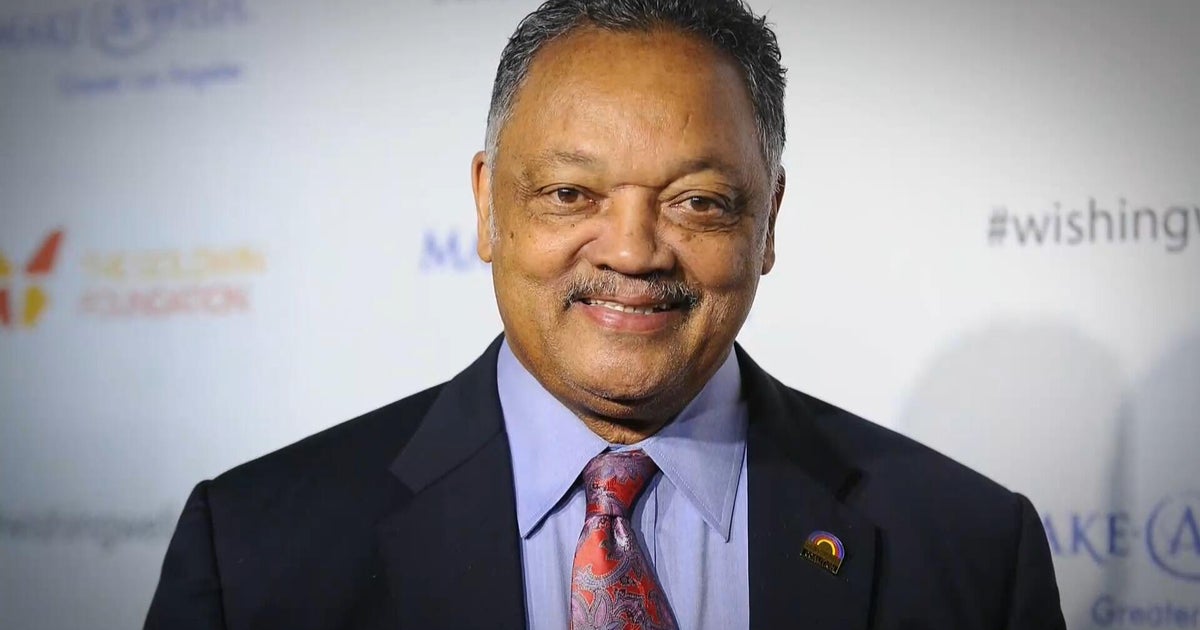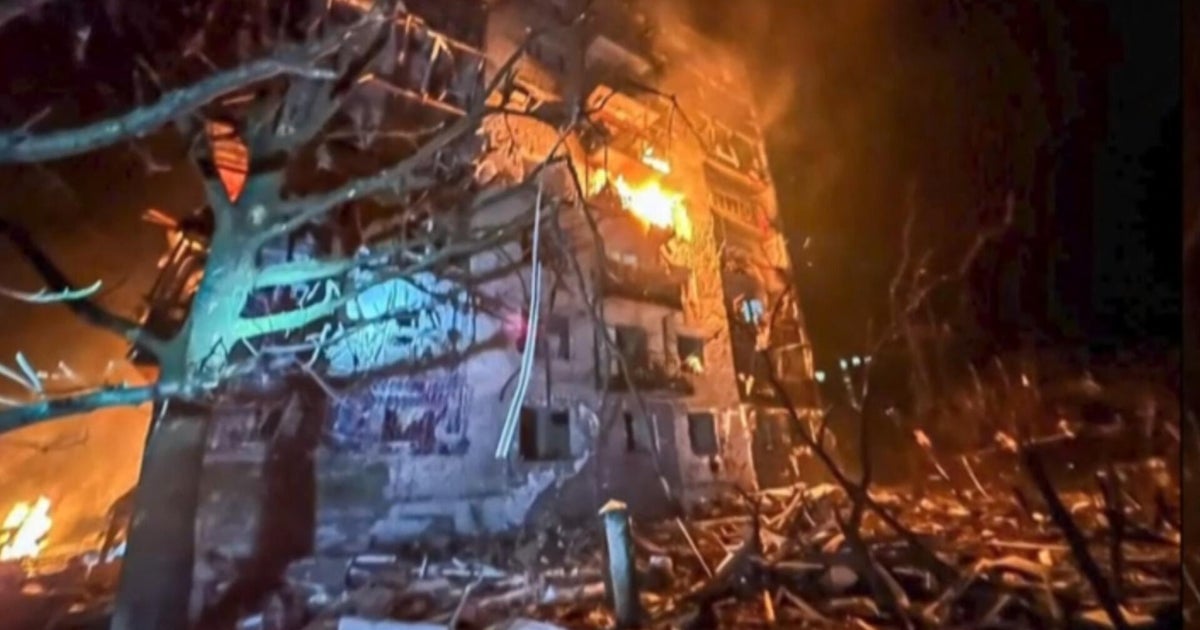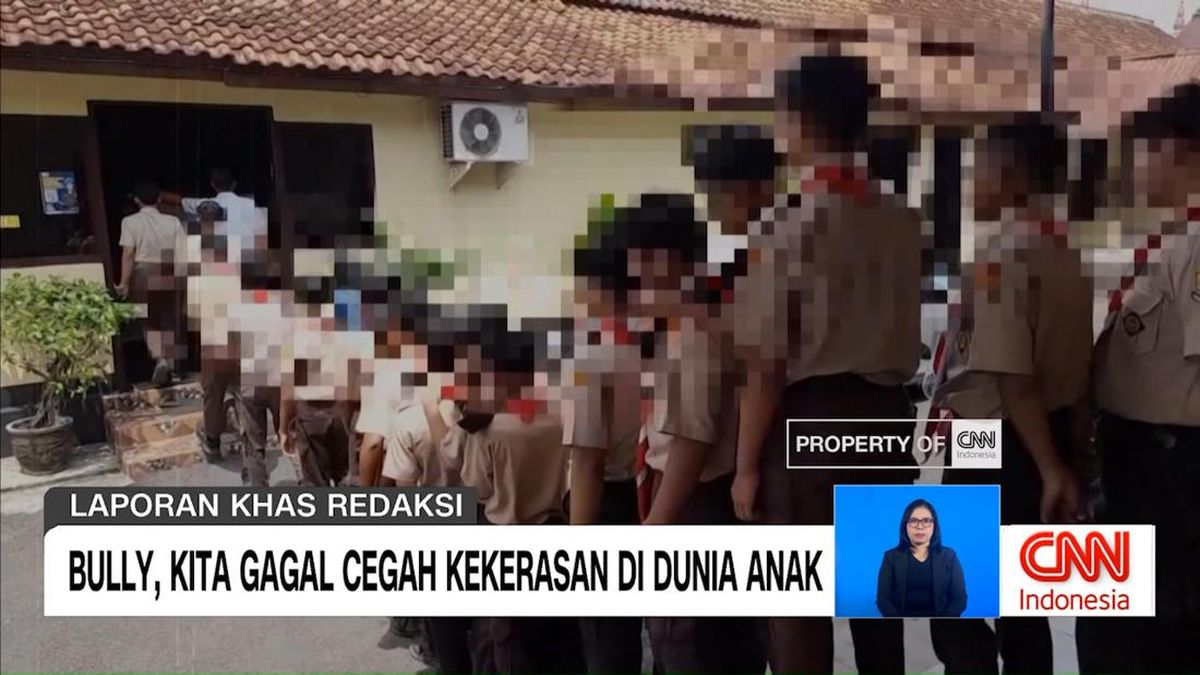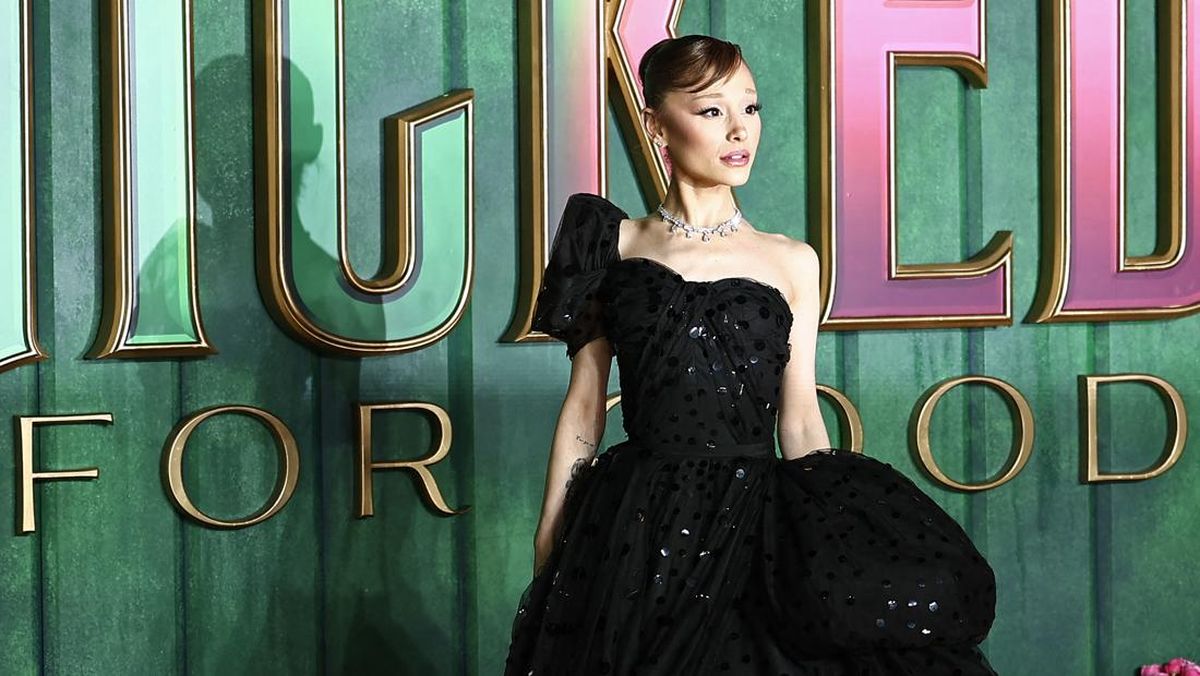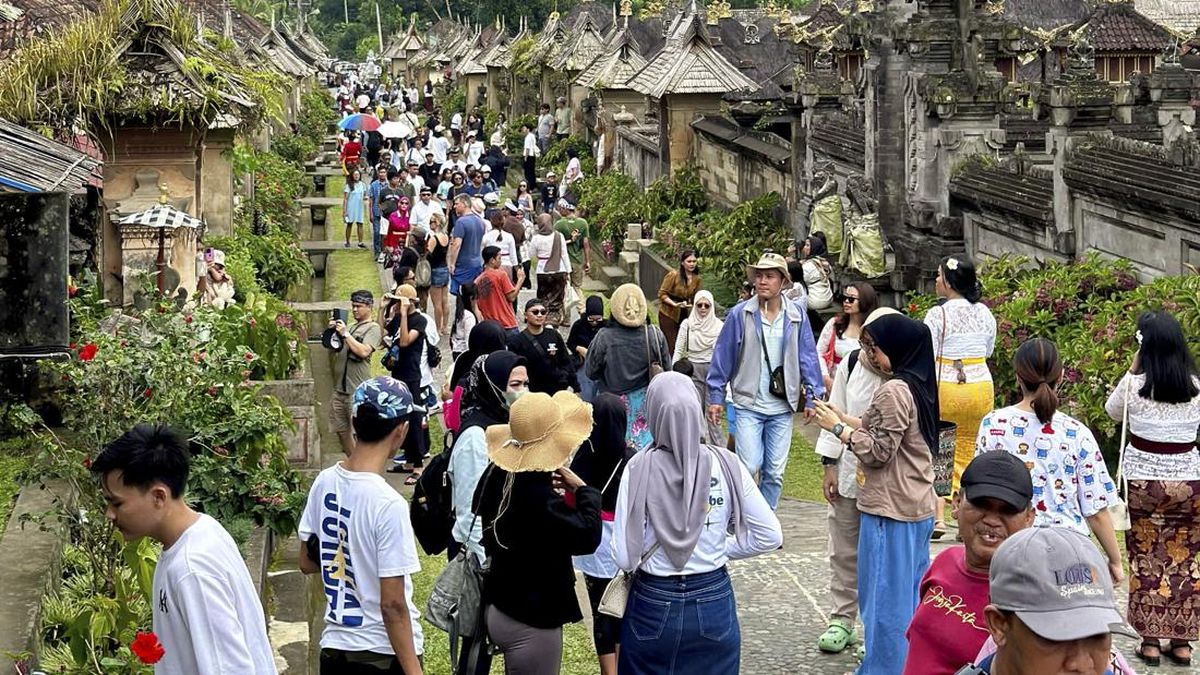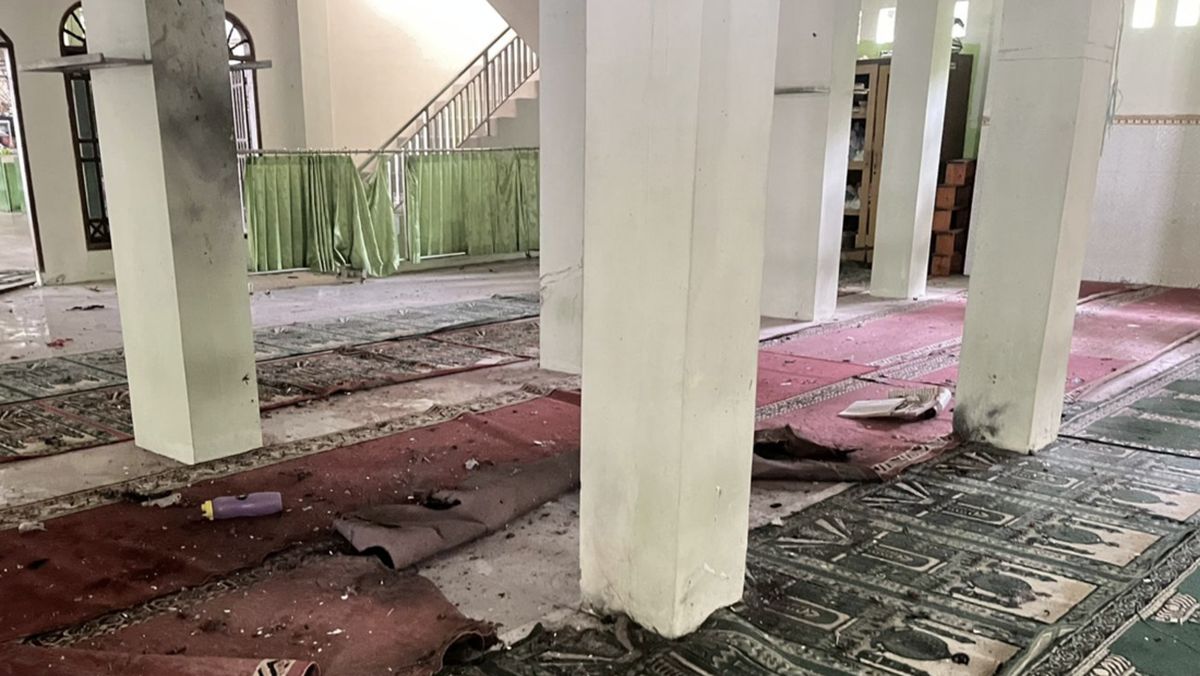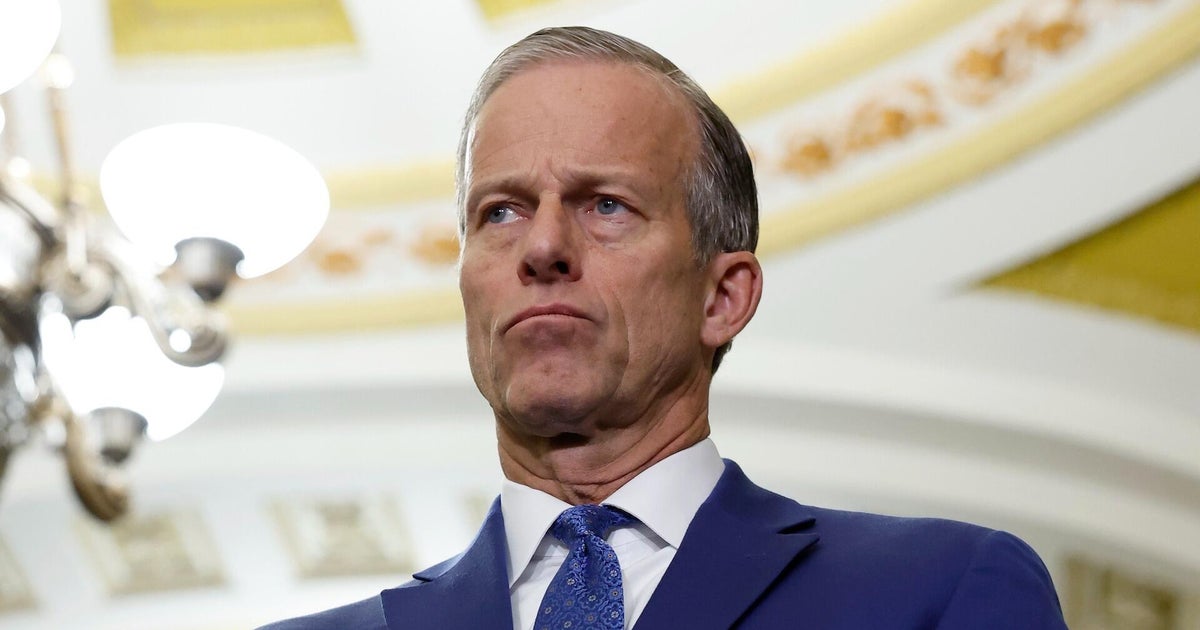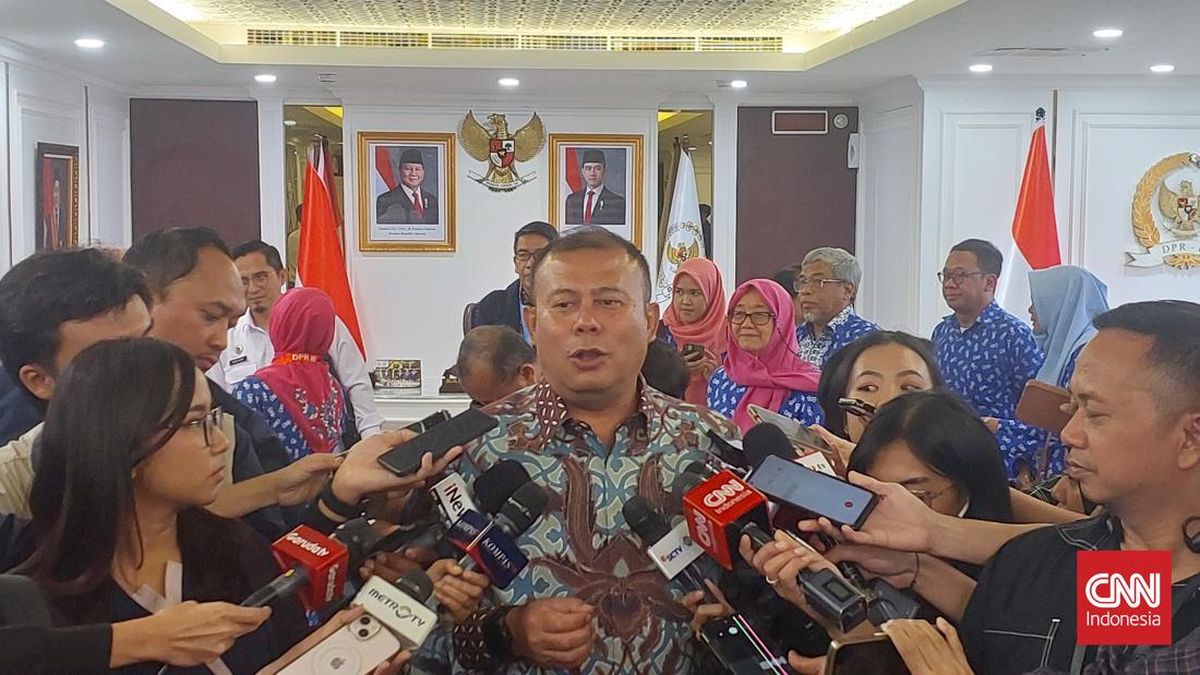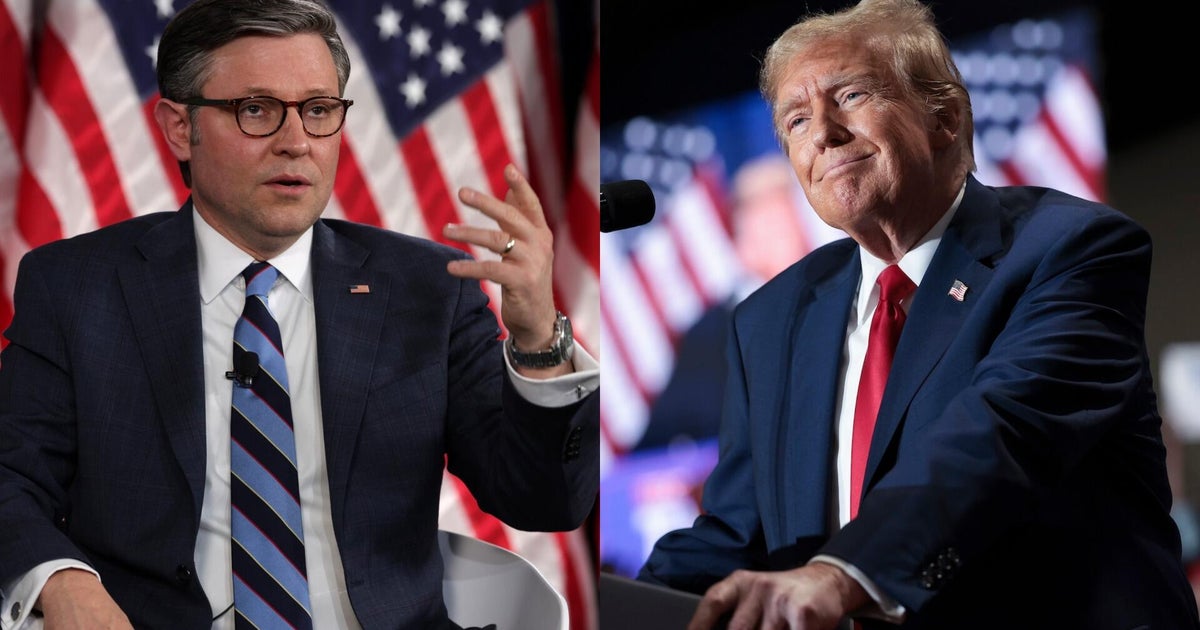Benny Zable has been wearing his “Greedozer” costume to protests for 45 years.
One of his retired gas masks, with a peace sign on the crown of its head, sits on display in the National Museum of Australia in Canberra. Another, at the Powerhouse Museum in Sydney. Photos of him hang in Old Treasury Building beside the Victorian parliament.
But the 80-year-old Melbourne man’s extravagant costume, which he’s worn to hundreds of environmental and anti-war actions, was at risk of being criminalised until the Victorian government this week backed down on its plan to ban masks at protests.

Benny Zable as ‘Greedozer’ on the steps of parliament.Credit: Wayne Taylor
Until the backflip, Zable was preparing to challenge the constitutionality of such a move in the courts with the Human Rights Law Centre.
Greedozer, his street-art persona, allows him to reach more people, he says, so they can “take it in”.
The character includes a gas mask, gloves and black tunic with painted messages against fossil fuels, war and colonisation.
The government bill, if passed, will still give Victoria Police the power to direct someone to remove a mask at any protest but only where they reasonably suspect the person has or intends to commit a crime. Exemptions exist for medical, cultural and religious reasons.
Police already have the power to direct anyone to remove a mask when a “designated area” has been declared, often when intense protests are expected.
“A complete ban … has a very high chance of being overturned,” Premier Jacinta Allan conceded after a marathon cabinet meeting this week.
Police Association of Victoria secretary Wayne Gatt doesn’t believe the watered-down announcement will help officers.
“Imagine going up to 100 people wearing black balaclavas and asking them one by one whether they have a lawful excuse for wearing them,” he said this week.
Police are searching for 15 protesters they allege hurled rocks, bottles and rotten fruit at officers last month. Many of their faces were obscured with masks.
“People who wear masks do so to disguise their appearance so that they are not identified when they are committing criminal acts,” Police Chief Commissioner Mike Bush said on Saturday.
Opposition Leader Brad Battin, a former police officer, maintains they need to be banned entirely. “You can’t wait until the rocks are thrown and then ask them to take their masks off.”
The government’s announcement on Tuesday, walking back what was promised almost a year ago following the firebombing of the Adass Israel Synagogue, disappointed Jewish community groups. Zionist Federation of Australia president Jeremy Leibler, who sits on the government’s anti-hate taskforce, can’t see it being effective.
Allan insisted it would give officers an extra tool to unmask violent or hateful protesters, including neo-Nazis, who conceal their identity to evade police.
But Zable, who is Jewish, isn’t hiding his identity. For him, Greedozer is both performance art and a political statement. “It’s consciousness raising.”
He dreamt up the costume in 1980 while protesting against sand mining at Middle Head on the NSW north coast.
“Feeling the destruction around me … I got this idea in my head.” He thought: “I should get that image out.”
Zable tweaks the costume here and there to suit each action he attends – which is a lot. Greedozer joined the 1980s protests against the construction of the Franklin Dam in Tasmania, Palm Sunday rally for nuclear-disarmament, Occupy Wall Street in New York, Lock the Gate actions against fracking when he lived on the NSW north coast, and pro-Palestinian demonstrations.
Greedozer might have a radioactive sign for one protest, and a picture of the earth for another. A petrol bowser or dollar signs.
Zable is sometimes directed to remove his headgear, which he says he complies with when given the chance. If police approach, he’ll voluntarily show his face first or try to negotiate with officers.
“People want to photograph this. I mean, it’s a statement,” Zable told The Age this week. “I want to do my job as a communicator in this performance.”
Loading
The 80-year-old accepts some people come to protests for a fight. He believes police have a role to play to de-escalate through one-on-one interactions with protesters, rather than blanket militarised responses that increase tensions for everyone.
Police this week, seeking to identify the counter-protesters who allegedly threw rocks on October 19, released drone footage of what appeared to show a planned attack on officers. Police said the activists had brought ballast rocks from outside the CBD to use as projectiles.
Loading
Two officers were taken to hospital during that October clash between anti-immigration and left-wing counter-protesters. Police accused the counter-protesters of fuelling the violence.
The government’s protest bill will also ban the public display of terrorist symbols.
Penalties for assault at religious assemblies will be increased, and a new offence for intimidating, harassing or obstructing worshippers will be created.
But a full ban on protests at places of worship will not proceed.
The government is also pressing ahead with a prohibition on attachment devices – such as glue and chains – that endanger the public or first responders.
Rob Beamish from climate activist group Rouser protested the crackdown outside parliament on Wednesday in a mask made of bicycle locks and padlocks and a blue costume made from rope to make the point.

Rob Beamish from climate activist group Rouser protested the crackdown outside parliament on Wednesday in a costume made from attachment devices.Credit: Chris Hopkins
Women’s liberation activist Zelda D’Aprano is immortalised in bronze – holding chains – outside the Trades Hall in Carlton, having attached herself to a government building in 1969 to protest for equal pay.
Human Rights Law Centre legal director Sarah Schwartz said the organisation would carefully review the legislation and any amendments. The centre, she said, is “ready to challenge laws where they do fall afoul of our constitutional protections and human rights”.
Schwartz, who is also separately executive officer of the pro-Palestinian Jewish Council of Australia, conceded some protesters were violent. But she argues that doesn’t justify eroding the rights of those who are peaceful.
“Benny really encapsulates that in so many ways,” she said. “He wears his costume to make a political statement.”
Start the day with a summary of the day’s most important and interesting stories, analysis and insights. Sign up for our Morning Edition newsletter.
Most Viewed in Politics
Loading

